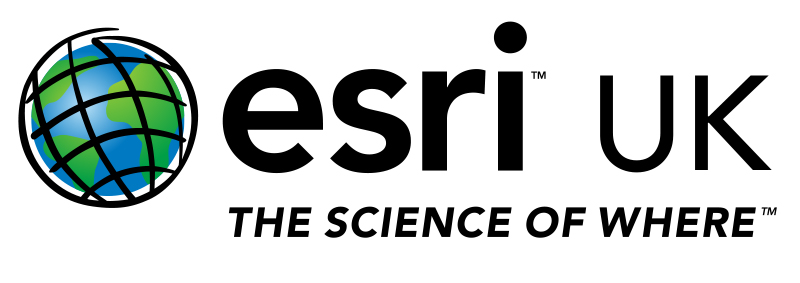Artificial Intelligence in Telecoms
/Mobile Telecoms has now become a mature industry and a platform for future innovations. Internet of Things is one such innovation, however, many other technologies are arising including; Blockchain, Industrial Internet, Autonomous Vehicles, Virtual Reality, Drones and Augmented Reality.
In most of these cases, the customer engagement and most importantly the data fall outside the remit of telecoms. For example, Uber and Netflix capitalise on mobile telecoms networks and use web, mobile and AI technologies as part of their offering.
AI (Artificial Intelligence) is based on deep learning algorithms. Deep learning involves automatic feature detection from data. AI techniques can be applied to a range of data types including:
- Images and sound (CNNs),
- Transactional data, Sequences (LSTMs),
- Text (Natural Language Processing) and
- Autonomous new behaviour data (Reinforcement learning).
Today, telecoms companies are showing considerable interest in the potential of AI, whether at the front end with improving customer service, or improving service delivery through better network performance and reliability.
Improving networks and processes
Currently telecoms operators are starting to consider the idea of AI to improve networks. The European Telecommunications Standards Institute (ETSI) announced in April 2017 the establishment of a new group to examine how AI might be used to improve the way in which telecoms networks operate. The group is concentrating on Cognitive Management Architecture, to enable the creation of networks which can adjust services based on user requirements, environmental conditions and business goals. The system will learn from experience, configuring networks to meet demand. It will therefore improve network use including traffic classification, anomaly detection and prediction, resource utilisation and network optimisation, ultimately reducing costs.
Members of the group include Verizon, Huawei and China Telecom. Verizon was already considering the use of AI, through its Exponent initiative, and AT&T is also experimenting with the concept. AT&T’s Domain 2.0 initiative uses the potential of software-defined networks, aiming to transform the network and infrastructure to more closely resemble cloud computing.
New network infrastructure initiatives include:
- Self-optimising networks (SON), where the network’s goals and limits are set by designers, and the network’s control software works within those boundaries to make the network as efficient as possible.
- Deep neural networks may enable machines to perform human like tasks, allowing them to help digitalising the business and providing better customer engagement.
- Software defined networks (SDN) and Network Function Virtualisation (NFV) will increase the diversity of possible traffic through the network. Both services and bundles will be able to become more sophisticated, with customers even able to interact with the services behind the network.
Enhancing customer services with AI
These initiatives largely address network functioning and particularly efficiency of processes. However, AI can also be used to improve customer service. For example, a number of telecom operators are offering AI systems which can control home environments, manage scheduling and make music recommendations, such as NUGU from SK Telecoms. This seems like competing with Amazon’s Alexa or Google’s Assistant, however, other telecoms companies have focused AI more on their core services. For example, IPSoft’s Amelia, can replace customer service teams. The Amelia system interacts with customers, learning from experience and automating activities, ultimately improving the customer experience.
Earlier this year (April 2017), Vodafone announced the arrival of its new chatbot, TOBi, to help customers online and via My Vodafone app’s messaging service. TOBi will be able to handle a range of customer service-type questions, including troubleshooting, order tracking, and usage. This service will also speed up responses to simple customer queries, therefore improving the customer experience.
O2/Telefonica has also implemented AI technology for some customer service interactions. Its new platform, Aura, is designed to reduce customer service costs. Jose Maria Alvarez Pallete, Telefónica’s CEO, suggested Aura will improve customer loyalty and experience by handing back control of the data generated by smartphones to customers. It can also be used for tasks such as informing a bank that you are going abroad, or controlling your home environment or wi-fi.
AI algorithms can combine historic patterns and behavior with ongoing real-time engagement to provide the right next best action to the customer based on the context of their journey. The outcome for the consumer will be recommendations and offers that are personalised, well targeted, and relevant. The result for the Telecoms operator will be an increase in revenues and ARPU.
Capitalising on AI
There is no question that AI has huge potential. What is not entirely clear is how this potential will play out in telecoms. The fact that ETSI’s members have thrown their weight behind network management systems suggests that improving efficiency and processes, and therefore increasing capacity and reducing costs, is a priority.
Customer services systems, however, are already with us, and it is surely only a matter of time before all telecoms providers are using them, gaining insights from the data and monetising the results.
Esri UK have been working on customer service centre solutions for over a decade and are now supporting telco’s to create greater understanding of their big data through data visualisation and analytical techniques. Machine learning requires analysis techniques provided by Geographic Information Systems (GIS), such as prediction, classification, and regression and uniquely bring a location perspective to outcomes. The results from these can provide support to both telecoms network optimisation and the customer experience.
About Esri
ESRI is the world leader in location intelligence, data visualisation and analytics. Empowering any business and individual to extract valuable insights from location data. ESRI transforms layers of geospatial information into data-driven maps that enable visual discovery of trends and patterns to make better, faster decisions. ESRI’s technology is used together with big data and real-time systems to develop custom location intelligence applications. ESRI help our clients map and understand their world’s data in a more meaningful way.
For more information please contact me, explore our interactive storymap and visit http://www.geo.ai”


